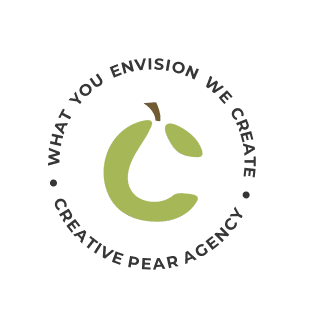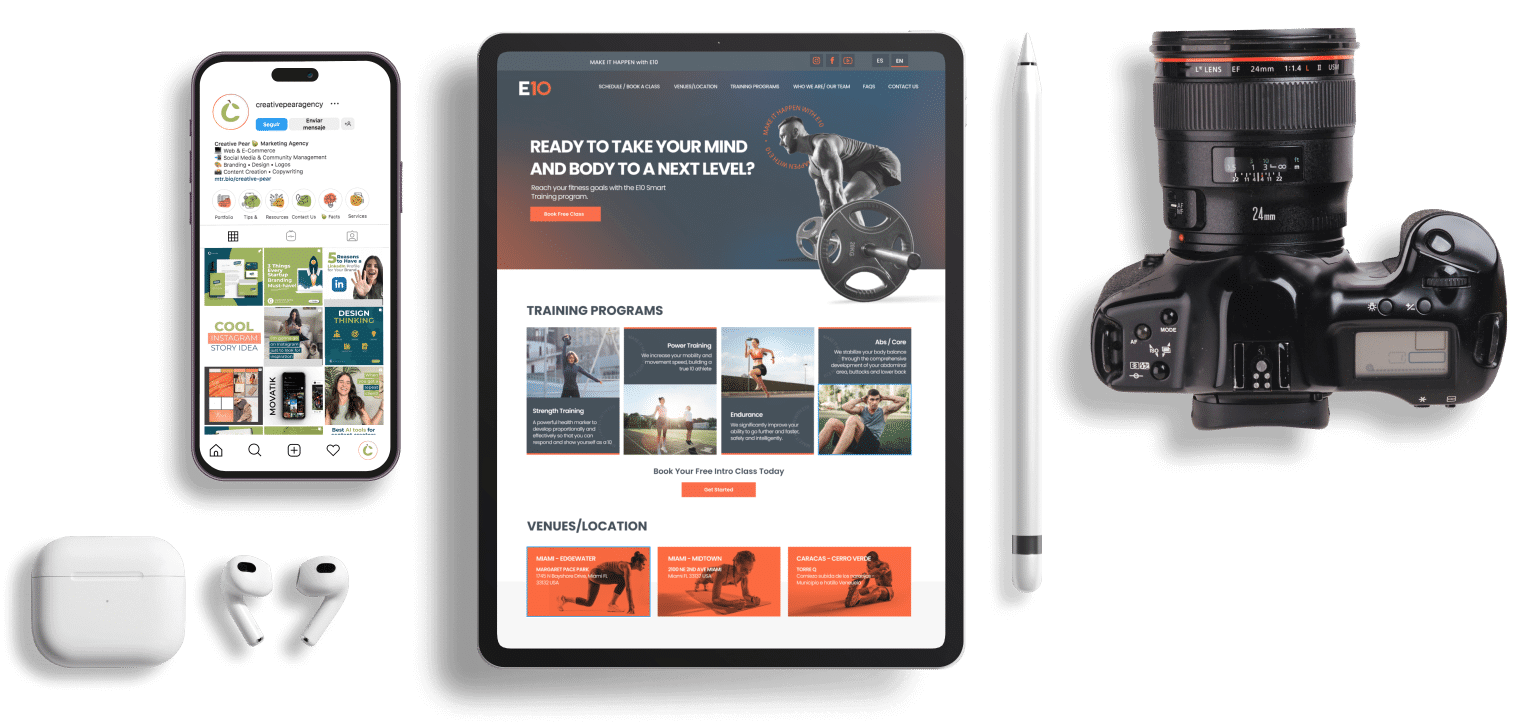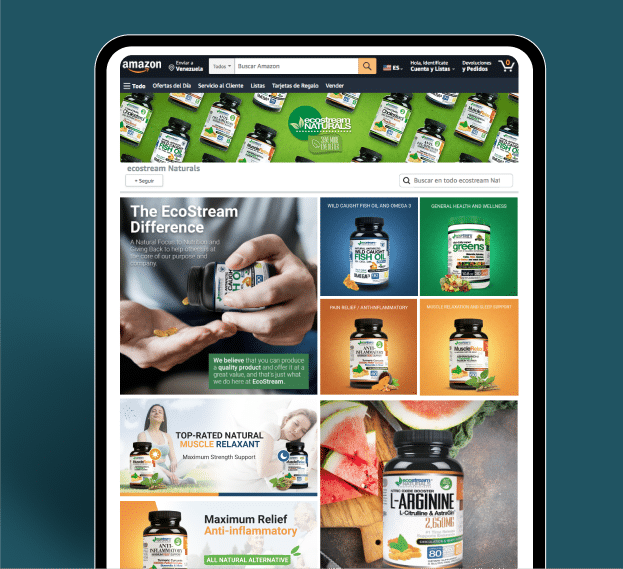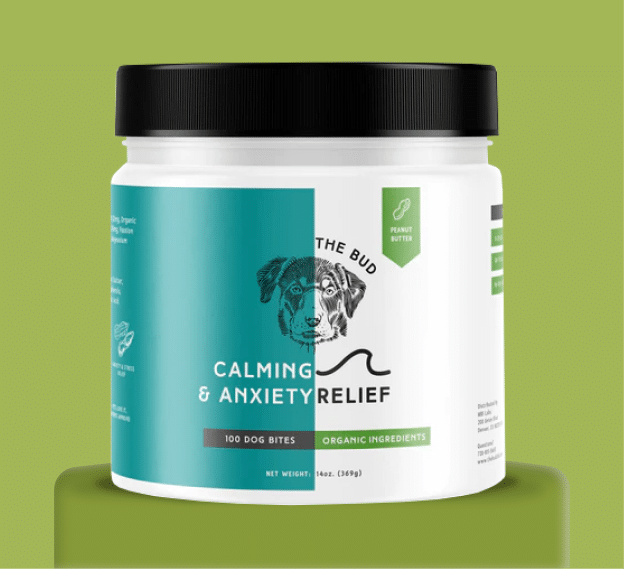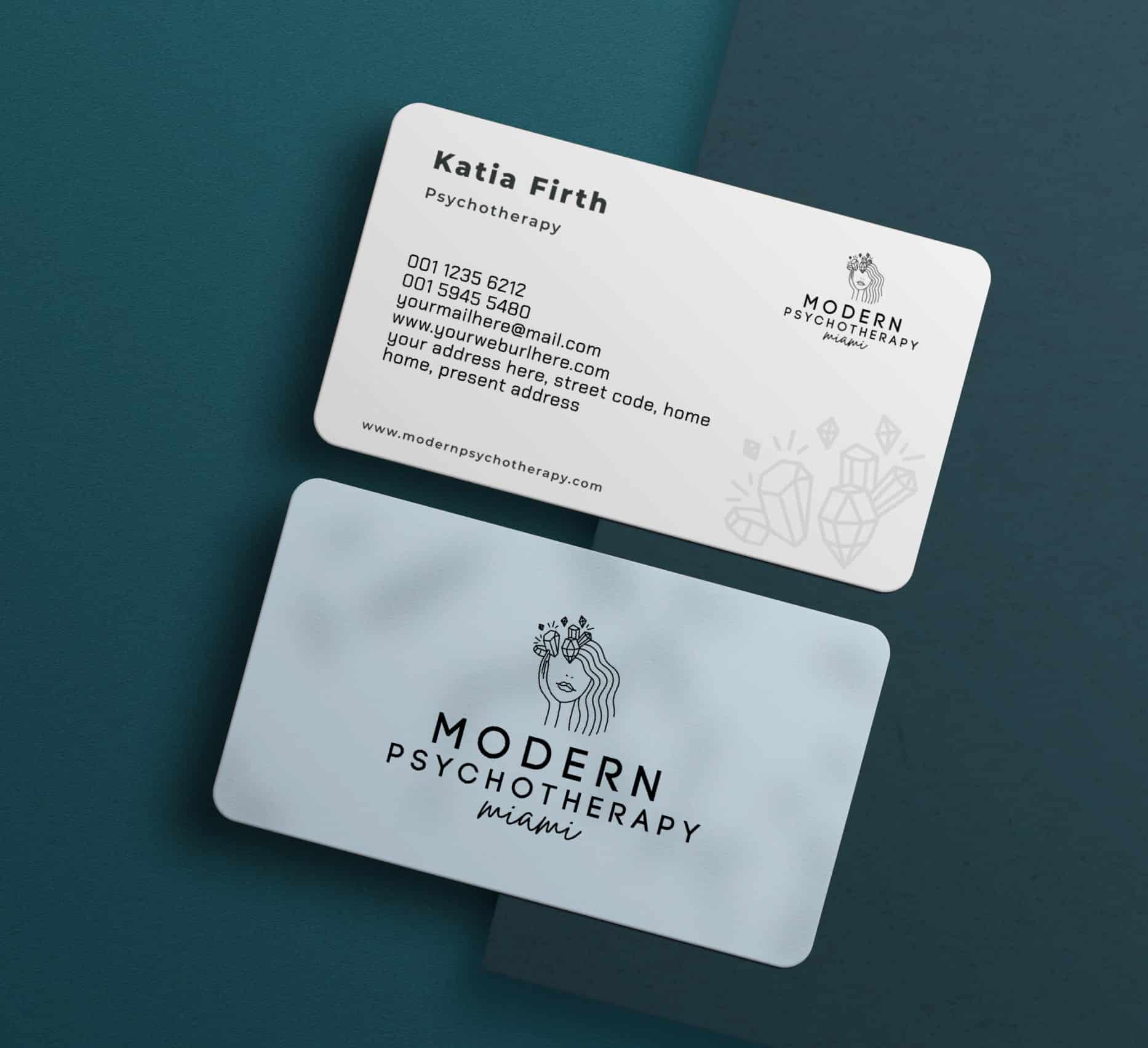
UX Design 101 – A Beginner’s Guide to User Experience
Understanding user experience can make or break your creations for digital marketers, UX beginners, and web designers. This comprehensive guide will walk you through everything you need to know about UX design, from its definition to its importance and the best practices to follow. What is UX Design? An Introduction to the Basics User Experience (UX) design focuses on creating products that offer meaningful and relevant user experiences. It involves acquiring and integrating a product, including branding, design, usability, and function. At its core, UX design ensures that users interact positively with a product or service. Whether a website, an app, or software, UX design aims to make interfaces intuitive and enjoyable. This means understanding user needs, preferences, and behaviors and designing solutions meeting these criteria. The Role of a UX Designer A UX designer’s job is multifaceted. They conduct research, design wireframes, and prototypes, test usability, and work closely with other teams, such as developers and marketers, to bring the design to life. Their ultimate goal is to enhance user satisfaction. The UX designer’s key responsibilities are: User Research. Information Architecture. Wireframing and Prototyping. Visual Design. Interaction Design. Usability Testing. Collaboration (with developers, product managers, and other stakeholders to ensure the final product meets user needs and business goals). Iterative Design. Differentiating UX from UI Understanding the difference between UX (User Experience) and UI (User Interface) design is crucial as they are often used interchangeably but represent distinct aspects of the design process. Here’s a breakdown of the primary differences: User Experience (UX) Design: centers on the overall feel of the experience. It enhances user satisfaction by improving the usability, accessibility, and pleasure of interacting with the product. The end goal of UX design is to create a seamless and enjoyable user journey from start to finish. User Interface (UI) Design: focuses on the product’s look, feel, and interactivity. It’s about translating the brand’s visual assets into an interface that enhances the user’s aesthetic interaction with the product. It aims to create visually appealing and intuitive interfaces that facilitate smooth interaction between the user and the product. Importance of UX design Good UX design is crucial because it enhances user satisfaction, increases engagement, and can lead to higher conversion rates. By focusing on the user’s needs and preferences, UX designers help create intuitive and enjoyable products more likely to succeed in the market. Knowing this, why should digital marketers, UX beginners, and web designers care about UX design? Simply put, there are 3 main reasons: 1 Enhancing User Satisfaction: A well-designed user experience leads to higher user satisfaction. When users find a product easy to use and intuitive, they are likelier to engage with it. 2 Boosting Conversion Rates: A seamless user experience can significantly increase conversion rates. When users can easily navigate a website and find what they need, they are more likely to purchase or sign up for a service. 3 Reducing Costs and Increasing ROI: Investing in UX design can save money in the long run. Businesses can avoid costly redesigns by identifying and fixing usability issues early in the design process. UX Design Process The UX design process involves steps that guide designers from understanding user needs to delivering final products. The goal is to ensure that every aspect of the user experience is carefully crafted and optimized for maximum engagement and satisfaction. This process is iterative, meaning it often loops back on itself as new insights are gained and improvements are made. Research and Discovery The Research and Discovery phase is the foundation of the UX design process. It involves gathering detailed insights about users, their needs, behaviors, and pain points. This phase typically begins with stakeholder interviews to understand business goals and continues with designers employing various user research methods, such as surveys, interviews, and observational studies, to collect qualitative and quantitative data. This research helps create personas and empathy maps, which represent typical users and their interactions with the product. The main objective of this phase is to build a comprehensive understanding of the target audience, which informs all subsequent design decisions. By investing time in thorough research, designers can uncover critical insights that ensure the end product meets user expectations and solves real problems. Ideation and Conceptualization Once the research phase is complete, the next step is a conceptualization. This stage focuses on generating ideas and developing concepts that address the insights gathered from user research. UX Designers engage in brainstorming sessions, sketching, and creating mind maps to explore a wide range of solutions. Techniques such as “Crazy 8s” and “SCAMPER” are often used to push creative boundaries and think outside the box. During this phase, designers also create user stories and scenarios to visualize how users will interact with the product. The goal is to establish a clear vision for the product and outline the user journey. By conceptualizing different solutions, designers can select the most viable ideas and create a solid foundation for prototyping. Design and Prototyping In the Design and Prototyping phase of UX design, the ideas and concepts generated in the ideation stage are translated into tangible designs. This begins with creating wireframes, which are essential, low-fidelity representations of the product’s layout and structure. Wireframes help visualize the placement of elements and the overall flow of the user interface. Once the wireframes are refined, designers create high-fidelity mockups, adding details such as colors, typography, and imagery. Prototyping tools like Adobe XD, Sketch, and Figma are commonly used in this phase, especially those that allow for team collaboration. Interactive prototypes are then developed to simulate the user experience, allowing stakeholders and users to interact with the design as if it were a natural product. This phase is crucial for ensuring that all user interface aspects function smoothly and intuitively. Testing and Validation The testing and validation phase is where the prototypes are tested by real users. Usability testing sessions are conducted to gather feedback on the design’s effectiveness, efficiency, and satisfaction. Standard methods include moderated sessions, remote testing, and


